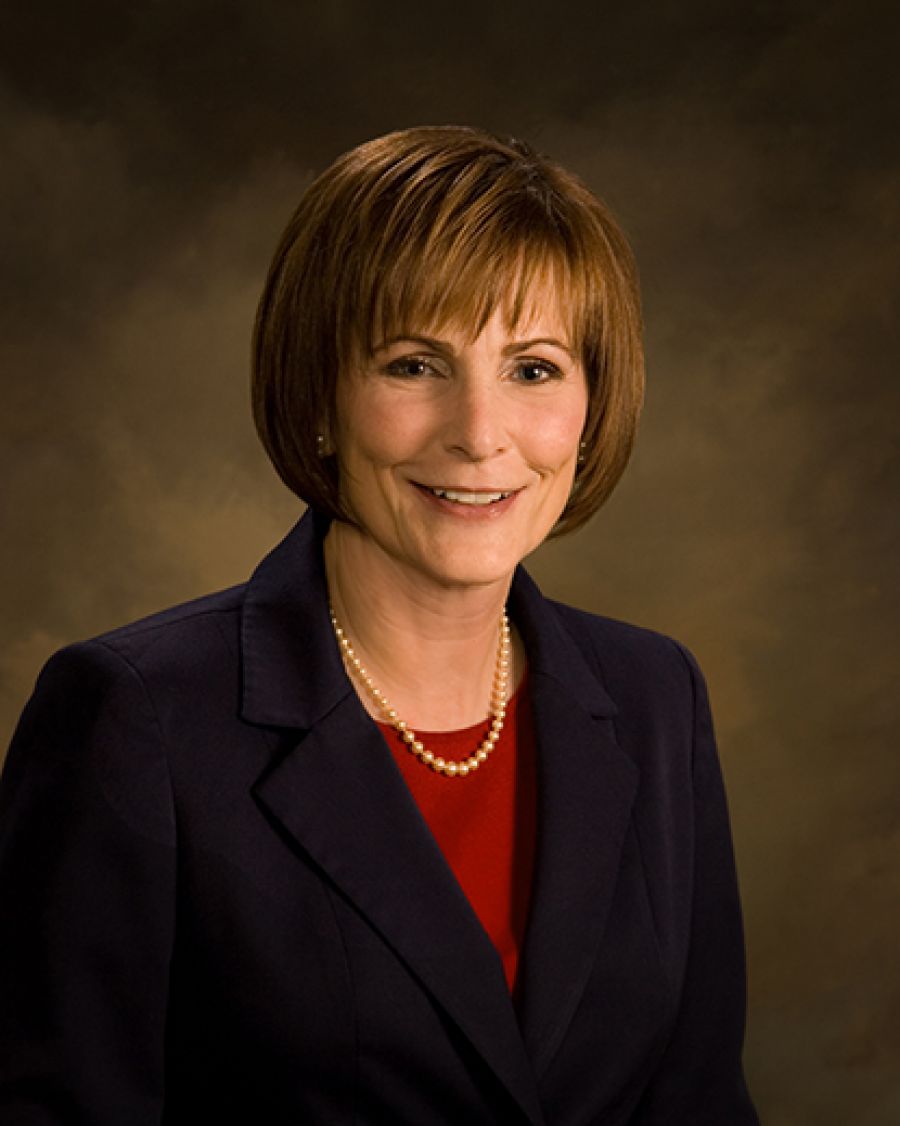


This time of the year is an exciting time for many area high school students as they decide where they will attend college in the fall. I enjoy seeing on Twitter the many people sharing their college plans with the world.
The recent news of the college admissions scandal put a damper on that thrill for some students, though. That unfortunate news exposed a pressure that many students (and their parents) feel. In a recent article in the Chicago Tribune, Katherine Rosenberg-Douglas explains, “For high school students with dreams of reaching top colleges, the pressure to prove they can handle a punishing academic schedule can have devastating effects: Some are hospitalized for academic anxiety and others don’t graduate at all after failing an AP class they weren’t required to take.”
In another article in the Tribune, John Keilman tells the stories of students from across the Chicago area who found that, when it comes to college admissions, “an alternative route can be as fulfilling as following a predetermined path.” One of those is the story of someone who was accepted into two state universities but did not have the funding necessary to attend them. Instead, she went to a local community college where she attended classes and studied with a remarkably diverse student body and she had the opportunity to participate in various extracurricular student activities. She said, “I shared classes with single mothers and fathers, with people of a variety of religious backgrounds and class backgrounds. It was a beautiful learning experience.”
Many of us equate high cost with quality however, that rationale does not hold true for community colleges. I frequently hear stories from Waubonsee alumni who place their community college experience on a quality level at or above other higher education experiences. We have tremendous faculty, as well as vibrant student life opportunities with clubs, organizations and athletics that offer students many opportunities to connect with each other, with their community, and with their future employers.
And while the financial investment for students is lower at community colleges, business and industry leaders are investing heavily in community colleges and their students. In January 2018 I wrote about the importance of community colleges and mentioned in that article that Tim Cook, the CEO of Apple, announced that Apple had developed a curriculum designed for community colleges because, “…as it turns out, the community college system is much more diverse than four-year schools…” Just last month, JPMorgan Chase and Co. announced that it will give $350 million over the next five years for education and training programs at community colleges. Jennie Sparandara, Head of Workforce Initiatives, JPMorgan Chase said, “Preparing America’s workforce to meet the demands of a changing economy is both an ambitious and an urgent challenge.”
Community colleges exist to provide these opportunities. People can come to a community college to learn a skill for the first time or relearn an old skill. People get career training for their current or desired job, as well as education for the next step in their academic journey. Every year at Waubonsee, students earn the credentials they need to work and transfer to other colleges. In fact, more than 80 students who started at Waubonsee have gone on to Ivy League universities. You really can start here and go anywhere.
April is National Community College Month. It’s a special time for us to celebrate the role our colleges play in the lives of the people and the communities we serve. As unfortunate as the college admissions scandal has been, it allowed people to see and consider other options for their education. In fact, legendary news reporter Dan Rather offered a thought on this in a Tweet: “I wish all of this reporting on the college admissions scandal was paired with stories about how vital community colleges and state universities are to the strength and fairness of our country.”
We agree with you, Mr. Rather. We proudly tell the stories of our students every chance we get.

